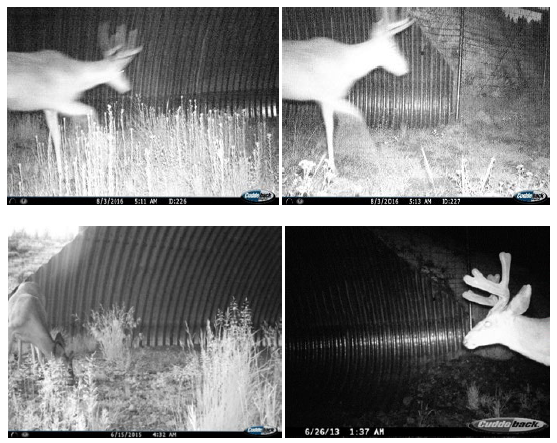California Highway 89 Wildlife Crossing Structures: Planning, Construction, and Effectiveness

Abstract
This thesis evaluates the planning, construction and follow-up monitoring of three wildlife crossing structures at Kyburz Flat and at Sagehen Pass - on Highway 89 in Sierra County, CA. The project was initiated by the Highway 89 Stewardship Team (H89ST), which included federal, state, and local government, academic, and non-profit organizations. The evaluation includes three methods of analysis: archival research, semi-structured interviews, and analysis of animal carcass data and camera trap data collected by team members. The evaluation is made within the framework of “adaptive co-management”, which advocates the involvement of multiple individuals and organizations that are affected by, and bring resources to complex environmental issues, and for an iterative process of monitoring, evaluation, and adaptive solutions for such problems. The interviews mostly confirmed the archival research, finding that the H89ST was a collaborative process, and was successful in that regard. However, while monitoring of structure use was undertaken, goals of experimentation with the structures were not realized. The data analysis shows that wildlife-vehicle collisions have dropped by 83 – 94% since the structures were built, however, collisions have also declined all along the highway, leading to questions regarding the area deer herd’s status. Camera trap data indicates that the structures are being used, with estimated “passage rates” of 53-62% at the Sagehen structures, and ~65% at the Kyburz structure.